Readily available and reliable bone grafts are required for craniofacial surgeries as bone regeneration is an important clinical issue accompanying aging population. Bone injuries are particulary prevalent among elderly.
Researchers at the University of California Los Angeles, School of dentistry have developed a nanoparticle that could improve treatment for bone defects caused by traumatic injury, infection, osteoporosis, or tumor removal.
At present, the standard treatment for bone defects is a Bone graft. Bone grafting involves transplanting healthy bone from another part of the body to repair the damaged area.
However, the procedure can cause complications. These complications include:
- Infection.
- Bleeding.
- Nerve damage.
In order to combat this complication, the researchers turned focus towards liposomes. Liposomes are tiny spherical sacs that are derived from naturally existing lipids.
Liposomes have been in use in medical field since early nineties for the treatment of cancer and many infectious diseases before they were considered to be used bone tissue engineering. They can be used to administer nutrients as well as pharmaceutical drugs in the body and can easily enter cells to administer their valuable cargo.
But they come with their own drawbacks which are:
- Instability.
- Difficulty in controlling when and how they release drugs.
To help improve their stability and enhance their ability to form bone in the body, the UCLA researchers developed a new type of liposome called a sterosome. (The name is inspired by the fact that they contain a high concentration of steroids.)
How are sterosomes produced?
To produce the sterosomes, the scientists replaced cholesterol, an important component of liposomes, with oxysterol, a type of cholesterol that has a key role in skeletal development and bone healing.
When tested on mice having bone defects, these sterosomes were found to successfully activate bone regeneration on their own, without need of any therapeutic drug.
"Liposomes are generally made from pharmacologically inactive substances," said Min Lee, the paper's corresponding author and a professor of biomaterials science at the dental school. "Including oxysterol into our liposomal formulation not only increased nanoparticle stability but also stimulated cells to develop into bone-forming cells."
In a second phase of the study, the researchers wanted to see how they could make the sterosome even more effective.
They added their sterosome nanoparticle to a tissue engineering scaffold—a structure often used to move and grow naturally occurring stem cells, which is matched to the site of the defect and is used during bone graft procedures. They loaded the sterosomes with a bone-building drug called purmorphamine.
Next, they immobilized the drug-loaded sterosome onto a scaffold to ensure that the sterosomes stayed concentrated in the defective areas and released the drugs where they were most needed for as long as possible.
In a six week study carried out on mice, researchers noted that there was about 50% reduction in size of bone defects.
"By using our nanoparticle, which we found has intrinsic bone-forming capabilities, along with the addition of therapeutic drugs, we were able to speed up the bone regeneration process," Lee said. "Our nanoparticle-packaged drugs will be useful in many clinical situations where bone grafting is required to treat non-healing skeletal defects and related bone pathologies."
Dr. Paul H. Krebsbach, professor of periodontics and dean of the dental schook, said, "The research led by Min Lee and his team demonstrates that UCLA Dentistry's research endeavors go well beyond treating the diseases of the oral cavity, and their findings have wider implications for treating bone defects throughout the entire body.”
SOURCE: “Smoothened Agonist Sterosome Immobilized Hybrid Scaffold for Bone Regeneration published by Science Advances.

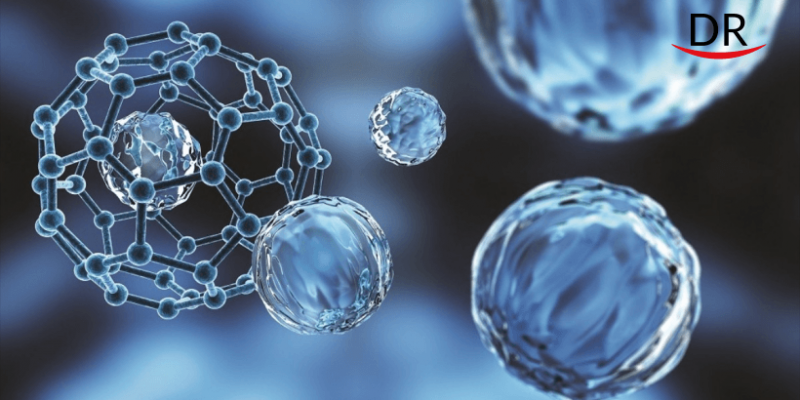





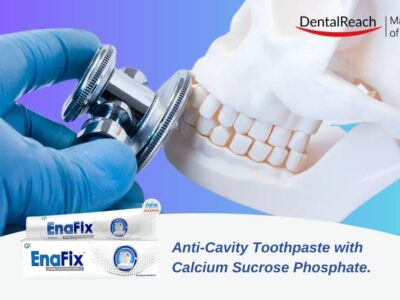
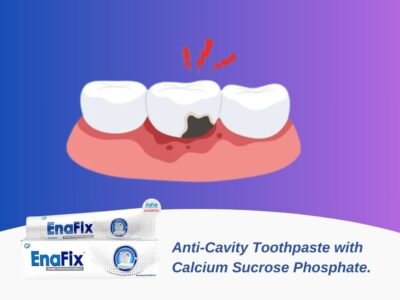
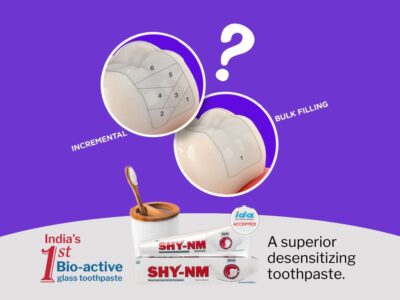
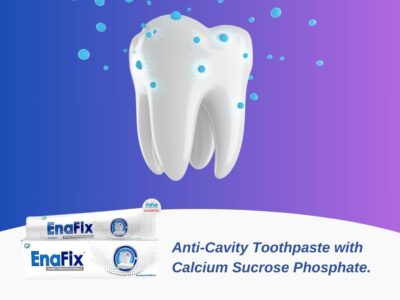









Comments